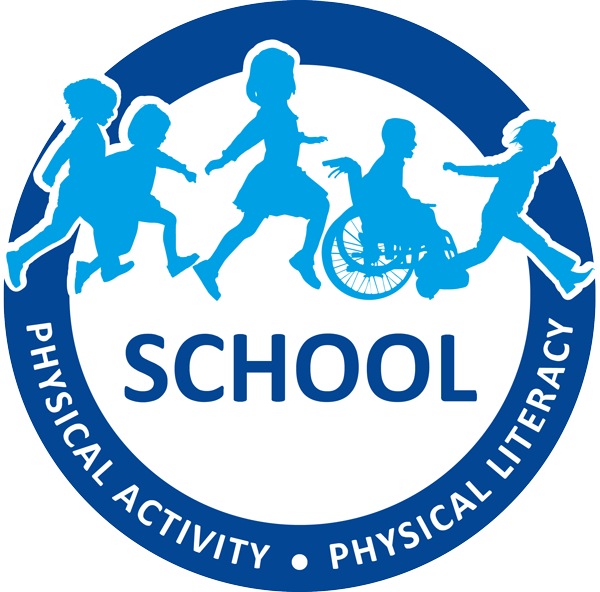Teacher mentoring has become a powerful tool for promoting physical literacy in elementary schools. Extensive research supports the effectiveness of mentoring programs in enhancing teaching skills, job satisfaction, student achievement, and professional development.
Let’s explore the compelling evidence that highlights the significance of teacher mentoring for fostering physical literacy.
-
- Improved Teaching Skills: Mentoring helps novice teachers enhance instructional practices, classroom management, and assessment techniques. This leads to a more effective learning environment for physical literacy development.
- Increased Job Satisfaction: Mentoring boosts job satisfaction and commitment to the teaching profession by offering emotional support and reducing feelings of isolation.
- Retention of New Teachers: Mentoring reduces attrition rates, ensuring educators a longer and more fulfilling teaching career.
- Professional Development: Personalized mentoring provides tailored professional development opportunities, enabling teachers to effectively refine their approaches to promote physical literacy. Resources suggestion: “For more ways to refine your physical literacy journey, check out The Educators Physical Activity & Physical Literacy Journey.
- Student Achievement: Mentored teachers better meet students’ diverse needs, improving academic performance and physical literacy development.
- Social and Emotional Support: Mentoring addresses teachers’ well-being, indirectly benefiting students’ social and emotional development.
- Professional Networking: Mentoring facilitates networking opportunities, allowing teachers to connect with experienced educators and access valuable resources.
Embracing teacher mentoring in elementary schools has far-reaching benefits for physical literacy development. By supporting educators through mentorship, we positively impact students’ lives, promoting a healthier and more active generation.
Sources:
- Ingersoll, R. M., & Kralik, J. M. (2004). The impact of mentoring on reducing teacher turnover. Educational Administration Quarterly, 40(5), 608-632.
- Ingersoll, R. M., & Strong, M. (2011). The impact of induction and mentoring programs for beginning teachers: A critical review of the research. Review of Educational Research, 81(2), 201-233.
- Johnson, S. M., & Birkeland, S. E. (2003). Pursuing a “sense of success”: New teachers explain their career decisions. American Educational Research Journal, 40(3), 581-617.
- Smith, T. M., & Ingersoll, R. M. (2004). What are the effects of induction and mentoring on beginning teacher turnover? American Educational Research Journal, 41(3), 681-714.
- Villar, A., & Strong, M. (2007). Do induction and mentoring matter? Teacher retention and development in the United States. In J. Smithers & N. S. Hannaway (Eds.), The international handbook of school effectiveness research (pp. 935-952). Routledge.
- Wong, H. K., & Nicotera, A. M. (2003). The effects of school district functioning on beginning teacher retention. Elementary School Journal, 103(1), 87-106.
- Darling-Hammond, L., & Sykes, G. (1999). Wanted: A national teacher supply policy for education: The right way to meet the “highly qualified teacher” challenge. Education Policy Analysis Archives, 7(33).
- Achinstein, B., & Athanases, S. Z. (2003). Mentors in the making: Developing new leaders for new teachers. Teachers College Press.

